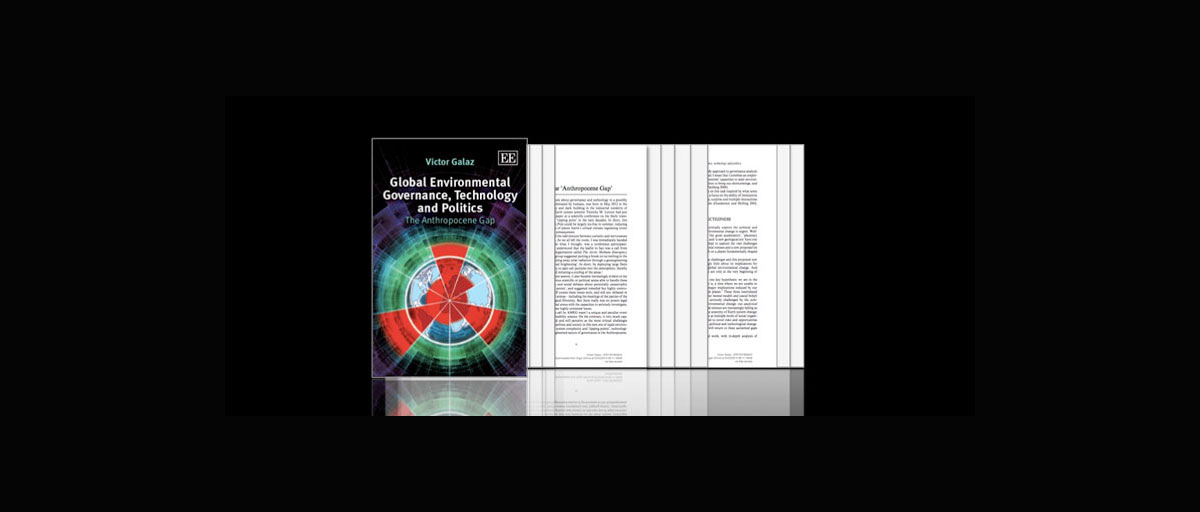
Twitter and other social media networks are increasingly being used in monitoring trends and patterns. A new study looks at whether Twitter communities interested in species determinations can be viewed as embryonic citizen science communities. Photo: E. Wisniewska/Azote
Bildtext får vara max två rader text. Hela texten ska högerjusteras om den bara ska innehålla fotobyline! Photo: B. Christensen/Azote
Twitter and ecological monitoring
A little bird told me
Biodiversity observations on Twitter can contribute to ecological monitoring
- Biodiversity observations posted on Twitter can provide a rich, real-time data source of reasonably good quality
- Study looks at whether Twitter communities interested in species determinations can be viewed as embryonic citizen science communities
- Data drawn from the Ecoveillance project which evaluates the potential of online social media as sources in ecological monitoring
Many scientists still consider Twitter a waste of precious time that they would much prefer spending on reading and writing scientific papers.
The recent paper "Anyone know what species this is? - Twitter conversations as embryonic citizen science communities” in PLOS ONE is a source for rethink.
The paper, which is written by Stefan Daume and Victor Galaz, shows how biodiversity observations posted on Twitter can provide a rich, real-time data source of reasonably good quality.
Citizen science
Twitter and other social media networks like Flickr, Facebook and Instagram are increasingly being investigated and employed in the monitoring, prediction and modelling of trends and patterns in a broad range of domains.
Examples include support in emergency situations, better prediction of natural catastrophes and public health monitoring.
Similarly, ecological observations shared via social media networks could contribute to public participation in scientific research, something that is often labelled "citizen science".
"Our study shows that observational data characteristics of the tweeted observations and the triggered determination conversations show all elements that would be found in comparable citizen science project data"
Stefan Daume, co-author
Daume and Galaz explore whether evolving and virtual small ad-hoc Twitter communities interested in species determinations can be viewed as embryonic citizen science communities that could lead to active contributions to biodiversity monitoring.
The analysis revealed that images provide a reliable determination basis leading to conversations that produce determinations of good quality and offer interesting additional meta-data. The lack of detailed and reliable geo-location information stands out as a significant weakness, but this could easily be alleviated, Daume and Galaz conclude.
And there are other advantages.
"A unique feature of Twitter as a source for ecological observations is that the associated social media accounts offer a convenient way to immediately and directly follow up with the users providing the original observations," says Victor Galaz.
Complement to traditional monitoring
Data for the study was drawn from the Ecoveillance project, a research initiative that evaluates the potential of online social media as sources in ecological monitoring in general and as providers for early warnings in particular.
The project focuses amongst other on the example of invasive alien species and has been employed for the last three years to continuously obtain tweets matching certain keywords that could indicate references to relevant ecological observations.
A large pool of individuals with access to GPS-enabled mobile devices were shown to be actively carrying the biodiversity observations into their respective social media networks, and could thus make an important active contribution to citizen science biodiversity monitoring initiatives, both in providing and validating observations.
"These participants may well be termed 'embryonic citizen science communities' and they represent a promising and until now unexplored example of ‘Big Data’ mining that can contribute real-time information to complement traditional ecological monitoring programmes," says Stefan Daume.
Non-experts contribute
Interestingly, it was notably users who are not active citizen scientists, amateur biologists or professionals with a formal biological education that contribute observations and provide determinations.
Non-experts or general nature enthusiasts communicating with each other account for the majority of conversation replies producing determinations with a high correctness.
Tweets posted with species determination requests generated replies for 64% of tweets, 86% of those contained at least one suggested determination, of which 76% were assessed as correct. All posted observations included or linked to images with the overall image quality categorised as satisfactory or better for 81% of the sample and leading to taxonomic determinations at the species level in 71% of provided determinations.
Finally, the authors conclude that the future potential of social media to contribute to valuable ecological monitoring could be improved by taking into account other social media channels, such as Facebook, Flickr or Instagram, and by covering other languages and regions.
Technical advancements, like more powerful smartphone cameras, will also probably contribute to better species determinations. The same applies if contributors knew that they were submitting determinations to a biodiversity monitoring project.
Read the full scientific article here
Watch Stefan Daume introduce the field of social media mining, the Ecoveillance project and an early version of the software system developed for this purpose:
Daume, S., Galaz, V. 2016. “Anyone Know What Species This Is?” – Twitter Conversations as Embryonic Citizen Science Communities. PLOS ONE, DOI: 10.1371/journal.pone.0151387
Victor Galaz is a deputy science director at the Stockholm Resilience Centre. His current research interests are in global environmental governance, planetary boundaries, emerging technologies and emerging political conflicts associated with the notion of the Anthropocene.








